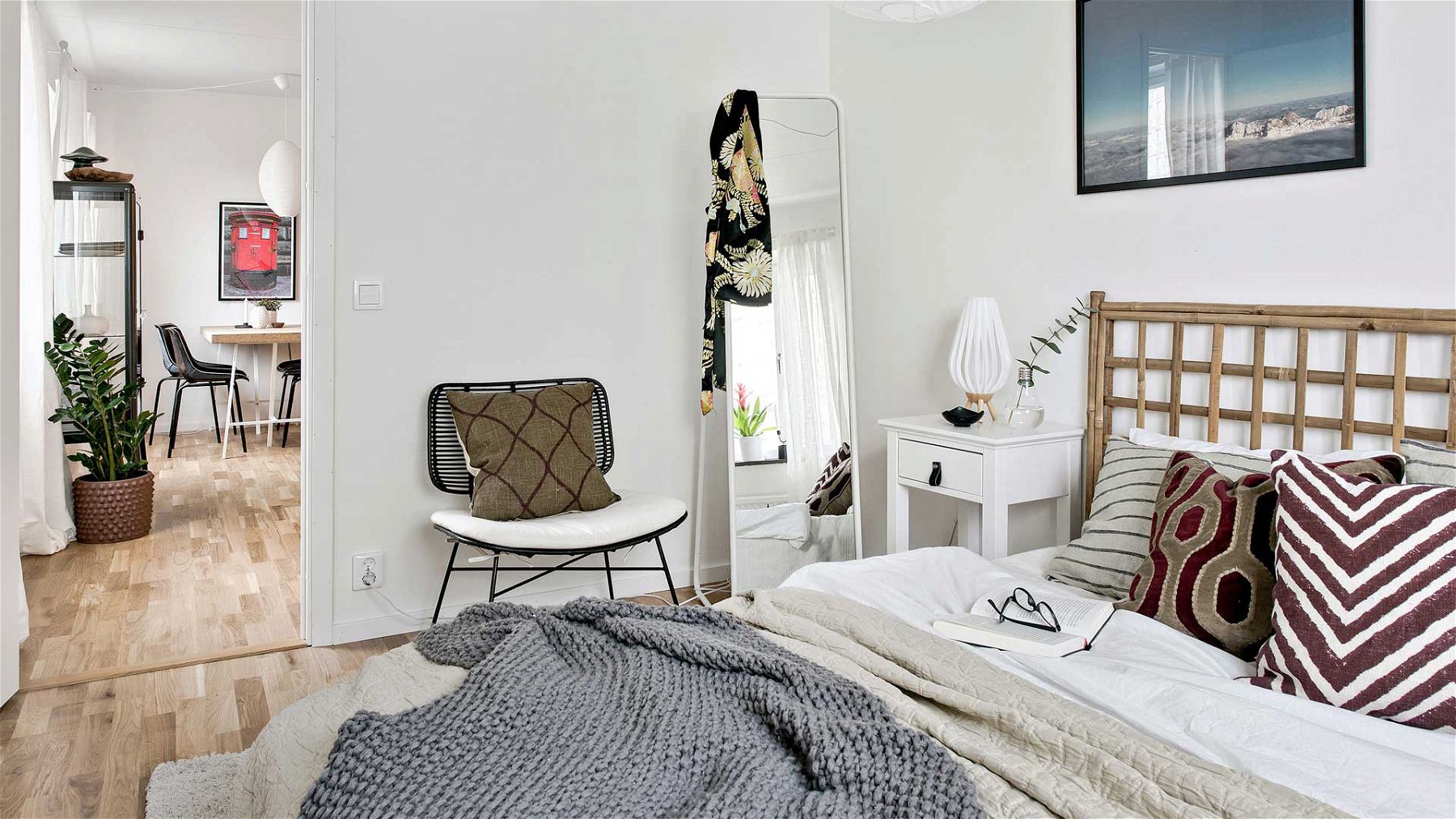- Your apartment is equipped with white goods that are owned by Balder. This means that if a fault arises due to age-related wear, the equipment will be repaired or replaced. If, however, the fault was caused by inadequate maintenance, cleaning or care, you as tenant will have to pay for the repair.
- In case there are manuals for the appliances in your apartment, please review them.
Cabinets and doors
Doors and cabinets are wiped with a clean microfiber cloth, wrung tightly in lukewarm water. Dry and polish with a dry, soft cotton cloth afterward.
Coffe maker and kettle
Do not place these under wall cabinets as steam can damage cabinets and doors.
Cooker
Clean the cooker regularly. Food that has become encrusted is difficult to remove. If you have a glass cooktop, use a specialized cleaner for glass cooktops. Use a cooktop scraper as needed. Wipe dry with a soft, clean, damp cloth afterwards.
Cooker hood
Wash the cooker hood and grease filter at least twice a year (or more often if required).
Countertop
Stains and water spills should be wiped away immediately.
Wipe the countertop with a clean cloth wrung in lukewarm water. Add a few drops of dish soap if necessary.
Dishwasher
Make sure you are always at home when you run the dishwasher, just in case a leak occurs.
Do not open the dishwasher until it is completely finished as the countertop and other kitchen counters may be damaged by the hot steam.
Cleaning
To ensure good dishwashing results, filters and spray arms should be cleaned a couple of times a year. Use a dishwasher cleaner and follow the instructions on the packaging. The machine can also be kept fresh by running it empty on a high temperature a couple of times a year.
Do you want to install a dishwasher?
If you are renting a home from Balder, you are not permitted to install a dishwasher in the kitchen yourself – always contact your local management office to check what the rules are for your particular apartment.
Fridge and freezer
Clean the fridge regularly using a damp cloth and detergent.
Vacuum the space behind the refrigerator/freezer as well as the area around the compressor from dust, a few times a year.
Automatic defrosting
If the fridge has automatic defrosting, it’s sufficient to clean the drain outlet for the defrosting water at the back of the fridge.
If the fridge does not have automatic defrosting, defrost the freezer at least once a year. This both provides better performance and reduces energy consumption. Do not use force or sharp objects to remove the ice. Make sure that water from the melting ice does not run onto the floor and cause water damage.
Microwave
If you have a microwave in your apartment, clean it by wiping it out with a soft, clean cloth dampened with water and a few drops of dish soap.
Oven
You clean a lightly soiled oven with warm water and dish soap or with vinegar water. Oven cleaner should only be used on the enameled surfaces inside the oven. Be sure to remove all cleaner before using the oven again.
If the bulb in the oven needs replacing, it is your responsibility as tenant to do so.
Sink
The sink is best cleaned with a cloth dampened in lukewarm water and a few drops of dish soap.
Never use steel wool, scouring pads, or similar materials to clean the sink as they scratch the surface.


